#this is NOT mine
Text
Dead long enough Michael sheen is giving HARD fallen aziraphale vibes and I am HERE FOR IT
#I started sweating when I saw him for the first time#good omens#aziraphale#aziraphale good omens#good omens aziraphale#michael sheen#fallen aziraphale#this is not mine
386 notes
·
View notes
Text
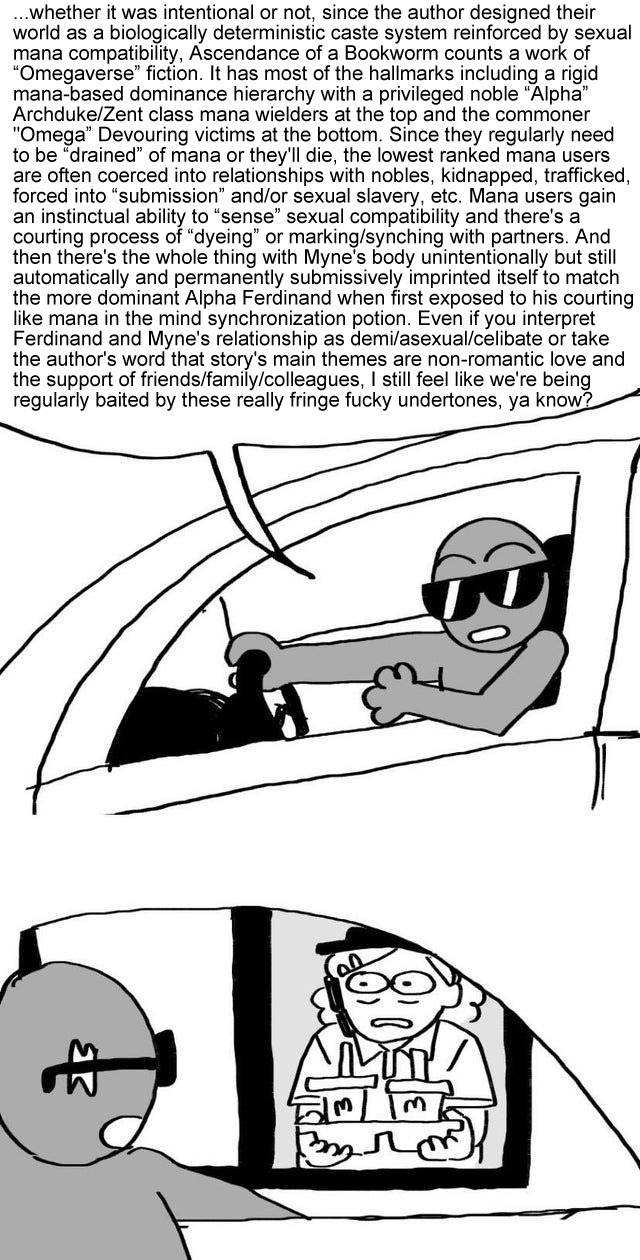
#if i had to read this then#the rest of aob fandom also have too#ascendance of a bookworm#this is not mine#omega verse
135 notes
·
View notes
Text
User: emst20
#this is not mine#I found it in tiktok#danny phantom#danny fenton#danny phantom fanart#pretty nails#nails#idk what to tag this as#tiktok#nail art#art
237 notes
·
View notes
Text

https://twitter.com/reapersun_art/status/1582400109152649217?t=m71Au3nr_w1J7jl0yviqQg&s=19

#the lost boys#the lost boys movie#the lost boys 1987#david lost boys#paul lost boys#michael lost boys#Dwyane lost boys#marko lost boys#Stranger things#steve harrington#eddie munson#billy hargrove#this is not mine#i just wanted to share the beauty 🖤#please go check out the original artist
271 notes
·
View notes
Text
I’m hungry for fanfics like never before
I’ve read all the good angst, surely there’s more
once I figure out how to write my own fics
guess who will be making all the shiiiiiiiiiiiiips
15 notes
·
View notes
Text
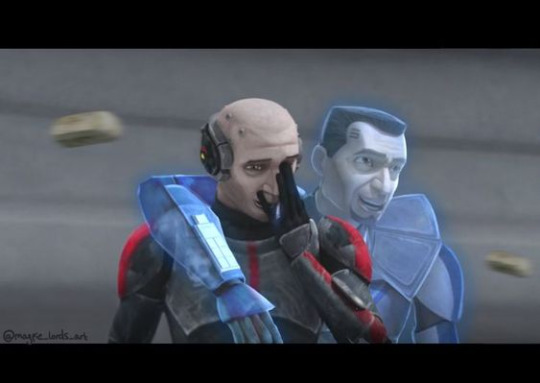
I found this on Pinterest and now I'm sobbing T^T
Credit to @magpie-lords
#the bad batch#im like literally sobbing#i love and hate this#tbb#the bad batch echo#tbb echo#tcw edit#star wars tbb#tcw echo#tcw fives#this is not mine#the original belongs to @magpie-lords
260 notes
·
View notes
Text
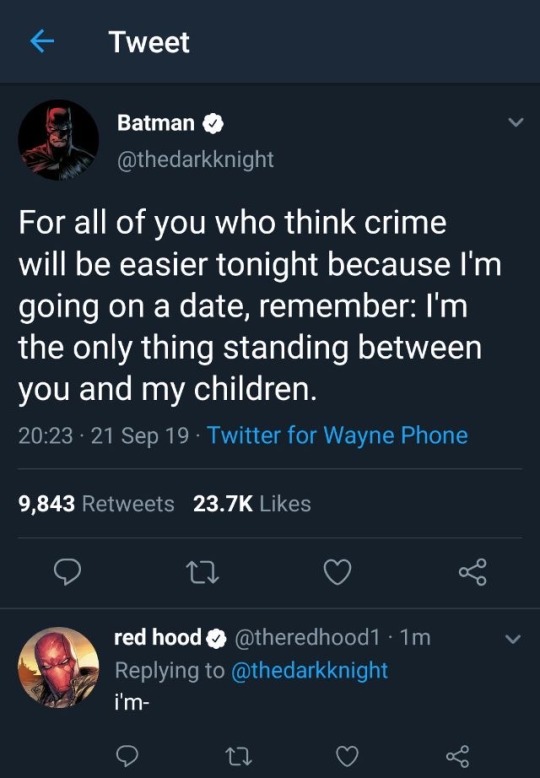
30 notes
·
View notes
Photo

More IsaAnna posts but this time I used Jin Kim’s sketches of each character and put them together. (✿◕‿◕)
#IsaAnna#isanna#isabela madrigal#princess anna#queen anna#anna#isabela#isabela x anna#anna x isabela#this is not mine#all the artwork is jin kim's#all i did was put the two together cuz gay#encanto#frozen
39 notes
·
View notes
Text
Hi! I'm not into the attack on titan Fandom or anything but I just started watching it for thr first time (it's actually the only anime I've ever watched) I can't even describe how amazing and emotional it was I just...wow
6 notes
·
View notes
Text
youtube
OH MY GOD.
PLEASE CHECK OUT THIS INCREDIBLE ANIMATION INSPIRED BY CALL OF THE VOID BY AAOFARDA OVER ON YOUTUBE.
PLEASE GO GIVE THEM LOTS AND LOTS OF LOVE, THIS IS SO COOL!!
And here's a link to their AO3 too!
#Thank you so so so much!#this is so cool!#This is NOT MINE#I DID NOT MAKE THIS#THANK YOU FOR LETTING ME SHARE IT!!#Youtube
18 notes
·
View notes
Text
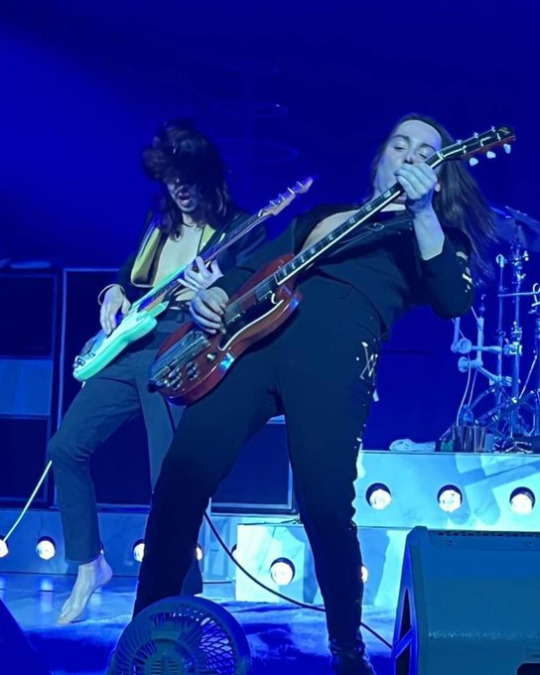
how is his back okay
88 notes
·
View notes
Text
therapist: And what do we say when life disappoints us?
me: Called it.
therapist: No–
2 notes
·
View notes
Text
This absolute masterpiece is made by @litl-rat-dude and I love it so much! I have watched it way too many times. If you are a fan of Twisted Wonderland, please go check out their content both here and on TikTok!
#twisted wonderland#twst fanart#twst#disney twisted wonderland#twisted wonderland fanart#twisted wonderland malleus#this is not mine
127 notes
·
View notes
Text
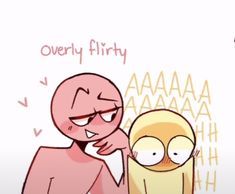
is this...is this Captain Swan season 3?
#this is not mine#i found it on pinterest#but it's so accurate#my babies#Captain Swan#season 3#ouat#killian jones#emma swan#neverland arc#and the captain swan movie#and just#everything#captain swan supremacy
24 notes
·
View notes
Text
by amita chaturvedi and syaahi team
On how Maitreyi Pushpa tears up Bundelkhand and pastes it back together in her stories. This article is part of our series on marginal literary cultures in regions often unjustly collapsed with the category of ‘Hindi’.
Surrounded by the valleys of Vindhyachal, Bundelkhand stretches across Uttar Pradesh and Madhya Pradesh. It spans a varied geography and an even more diverse social and cultural milieu. The region has been home to many tribes including the Raut, Bheel, Sahariya, Shabar, Kol, Nishad, Pulind, Kirad, Nag, and others; each with their own distinct languages. Sounds of Danghai, Chaurasi, Pawari, Vidishiya echo in different slices of the expanse. Bundeli is pre-eminent.
Literary tradition in the language dates back almost seven centuries. The epic Alaah-Khand song- style holds a special place in its literary canon despite being in the oral form. Composed by the Bundeli poet Jagnik, the invocation is sung in rural areas on the days of heavy downpour. The prose of Mahabharata and Ramayana written by Vishnudas are also important windows into the canon.
Despite a rich history, Bundeli has not been accorded the same respect as other languages within mainstream literary discourse. But that hasn’t stopped the brilliant writer Maitreyi Pushpa from placing the tongue at the heart of her works. Her 1999 novel Idannamam (This Is Not Mine) published by Rajkamal Prakashan is especially significant in this context. While at some terse points it ties Bundelkhand’s urban and the rural, Idannamam offers a replete depiction of the rural. It is the rural that becomes the primary space for Bundeli to reside in the fiery novel. The language pulsates fluently in the novel, identifying with the daily life and grainy textures of the region it flows within. Pushpa also brews life into her characters by paying attention to the story’s soundscape. Characters converse in Bundeli. Folksongs weave freely in and out of the narrative.
Mandakini, the protagonist of Idannamam, is a woman eager to help the people of her village in resolving their problems. Her own burdens mount heavy. The stories composing her village unfold alongside that of Mandakini’s. Her grandmother Bau always stands by her. Bundeli primarily resurges in the words spoken by Bau and other elderly characters, signifying a generational shift from Bundeli to Hindi, a transformation familiar to many northern areas in India.
The narrative of the novel has been written in Khari Hindi. Modern Hindi literature, which typically utilizes Khari Hindi, can be at times devoid of the grainy sounds common to specific linguistic contexts. Khari Hindi is, at certain points, unable to root itself in local realities. It floats above. It sounds, literally, disconnected to the people in the narrative. Literature attempting to carve out the daily that pulls out tonalities unique to a place can then strike the right chord. How we talk to one another is deeply bound up in how we experience life amongst each other. People, their rituals, their labour, their environment, their beliefs, their relationships. All of these and more inform how they speak about their lives. Bundeli, then, is the passage they walk through to make sense of their world.
Accomplished Hindi writer and publisher Rajendra Yadav, in his introduction to Idannamam, notes
Amidst the refined and bland language of the Hindi fictional literature, Maitreyi has written the story of this village in the natural style of folk literature, as if Manda and the people around her are speaking their own minds- in their own language and dialect, with a Bundelkhandi rhythm… amidst the rumbling of crushers and tractors around them.
The rhythm of their life, Bundeli, resounds between the humdrum of their transforming world.
Having spent most of her early life in Bundelkhand, Pushpa is well versed with not only the language but the social world it finds itself in. The folk songs she strategically makes use of in Idannamam are a testament to this knowledge.
In one moment, a prayer sung in Bundelkhand appears in Idannamam
Vindhya Pradesh zila Tikamgarh,
Nagar Orchha gram,
Ki Janhh Raaje Siri Bhagwan.
(Vindhya Pradesh, district Tikamgarh,
City Orchha town,
Where sits Lord Almighty)
The song drops the reader right where God sits.
In Bundelkhand, verses of valour are far more prevalent than songs of courtship or marriage. Idannamam includes a song of courage which is part of the legion of Suata. In the region, Suata is sung by girls as performances known as Suata Khelna (Playing Suata).
Suata, also known as Naurata, is an important Bundeli festival. It arrives in the Hindi calendar month of Kwaar (typically falling in the Gregorian period of September to October). Young girls collectively worship and play Suata at the dawn for nine continuous days. One of the songs from this tradition is given space in the novel. Though the song does not lend to the narrative’s movement, it offers a fuller life for the story’s characters. A life closer to their own.
Tin ke phool tinahi ke daane,
Chanda uge bade bhunsare.
Sare baare phool siraye,
Kaath kathile kaathe se,
Paanch bhaiya panda se.
Chhoti behen ingur si.
(Whosever are the flowers, the seeds belong to them, The moon rises at early dawn.
All the flowers are floated in water,
With bodies as strong as wood,
All five brothers like Pandavas.
Sixth sister is like vermilion.)
Similarly, “Kartik Nahana” (bathing in the month of Karthik or October to November) is another ritual observed by rural women who visit a local well together to bathe and pray.
Kanhaiya mangta daan dahi kau, Nahaat mein cheer hare sab hi kau, Gopika kyun itrani re.
(Kanhaiya asks for curd, Steals the clothes of Gopikas while they bathe, Why do they get flattered)
Women are prohibited from telling lies to each other during Kartik Nahana. They must reveal private information about their lives such as their sexual relationships with their husbands or other men to successfully complete the ritual. Hiding is a sin. Although the example depicted in the novel could be symbolic of the sexual liberation of women, it could also be interpreted as notions of sin and interior privacy for a woman in Bundelkhand.
Apart from exploring the complex lives of women characters in Bundeli, Pushpa has also provided a very lively description of the visual expanse looming large in Idannamam. Rivers, hills, dams, homes, vegetation, moors. Bundeli becomes the architect of and architecture for the body of Bundelkhand.
“Ja biyaban ko kya kahain! Raat ke samay ye bharka nahin dikhane the. Matti ke jitek unche dunh, utek hi neechi khaai! Ped na ruukh! Katile jhund-hi-jhund!”
(What to say about this desert! These dunes are not visible during the night. The cliffs are as deep as the dunes of soil are high. Neither any trees nor a bush! Only thorny shrubs everywhere!”)
Pushpa also leaves open and bare in plain sight the political and economic webs swallowing the region. Her rural characters are forced to rely on people and institutions in the city for exercising political maneuvers, negotiating legal issues, and, of course, seeking medical treatment. Through this asymmetric exchange, the protagonist Mandakini reckons with the absence of village infrastructure and the gulf that exists between the rural and the urban.
The construction of a hospital in the novel is intrinsically linked to Mandakini’s life. Infrastructure is embodied within her character. In the narrative, Mandakini’s father is responsible for the hospital. The first of its kind in the village. But playing to her authorial strengths of heightened drama, Pushpa engenders a sequence wherein her father is murdered by political strongmen. A stampede ensues. Many die. A life-saving hospital is inaugurated with a blood bath. A child at the time of the tragic event, Mandakini grows up determined to realize her father’s vision. To restore the hospital and mitigate the reliance of the people in her village on largely inaccessible urban infrastructure, all while mending her own inner turmoil.
Language, once again, becomes the fulcrum for this commentary. Bundeli and Khari Hindi constantly collide in the form of conversations between rural and urban characters. These conversations are centered on corruption, electoral battles, economic anguishes, political promises, and other issues the region faces even today.
The crushers and tractors Rajendra Yadav spoke of also point to a larger process within the novel of ecological loss and resultant economic turmoil. Tribal communities and labouring farmers have lost their lands, their homes, their source of livelihood to exclusionary development. The blasts at the crushers. The explosions. They all also pose a threat to the communities’ safety. Workers at crushers too fall to a plethora of health problems like asthma and respiratory issues, tuberculosis, and others.
Idannamam also raises challenges faced by Bundelkhand’s Scheduled Tribes and adivasi groups. With the government acquiring quasi-ownership of the forests, the tribal population has faced displacement and economic crisis. Tribal communities of Bheel, Sahariya and Raut who traditionally survived on hunting and tree-logging are redeployed as cheap labour exploited by public and private sector contractors. Mandakini also struggles to get employment opportunities for the residents of her village.
Hindi and Braj language poet Dr. Dhirendra Verma has written in Hindi Sahitya Kosh,
A writer very cautiously includes the regional landscape, nature, climate, festivals, folk-songs, specific conversational styles, idioms, sayings, specificities of dialects, specific behavioral and natural qualities of people, their romance, moral beliefs etc. to depict regionality in their work.
In Idannamam, this cautiousness translates not to the inclusion of regional particularities but the universal spirit of the novel. Despite containing all the elements of regionality, Maitreyi Pushpa does not regard Idannamam as a regional novel. In an interview to this writer she said,
Idannamam is a novel of Bundelkhand region and therefore it can be regarded as a regional novel. But it is not regional at all. This novel is being taught in the entire country. People everywhere consider it as a sociological novel rather than a regional novel. Today the condition of all villages is the same as that of the villages in Bundelkhand. That’s why I consider it as novel of the entire country because it is related to the entire country. It belongs to the entire nation.
This quality of transcending boundaries, whether linguistic or cultural, jumps out of her novel. It is because she affixes her narrative so strongly within a specific context, that she can reveal universal notions. The rural, especially, is highly local and yet evokes the hierarchies and struggles inherent to rural life across northern India. And this evocation would not be possible without Maitreyi Pushpa prioritising Bundeli.
Screenwriter and playwright, Javed Siddiqui in a discussion on Urdu said that your tongue is that which you dream in. We dream and think through language. Our literature exemplifies this. It is, then, crucial to empower regional languages and tongues like Bundeli and understand their capabilities for pushing creative boundaries of the literary space. Only then will we able to dream bigger and better. Only then will we be able to say that literature is indeed ours.
19 notes
·
View notes
Text
youtube
for some reason this video always make me happy
#christmas#help#vs impostor v4#thanks loggo i love u for making this#fnf#youtube video#Loggo#Youtube#THIS IS NOT MINE
10 notes
·
View notes